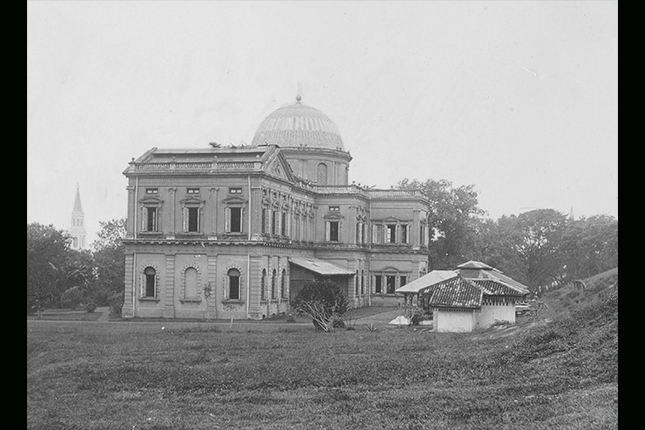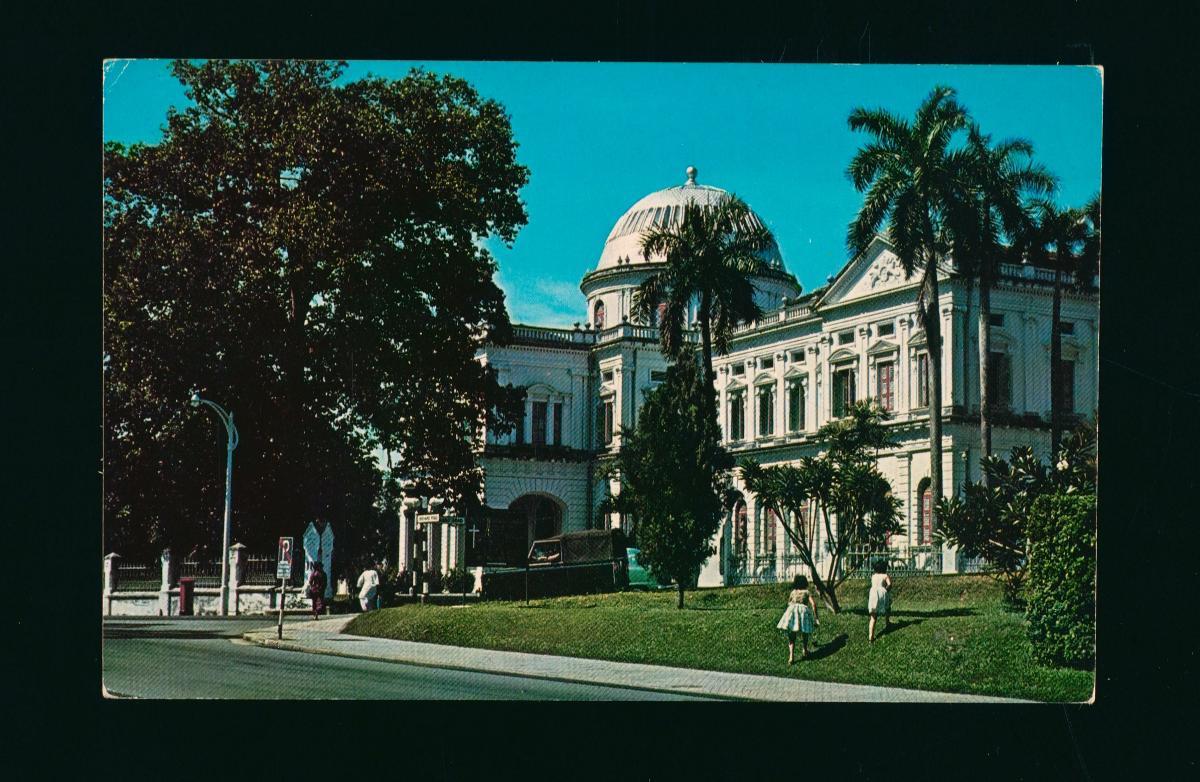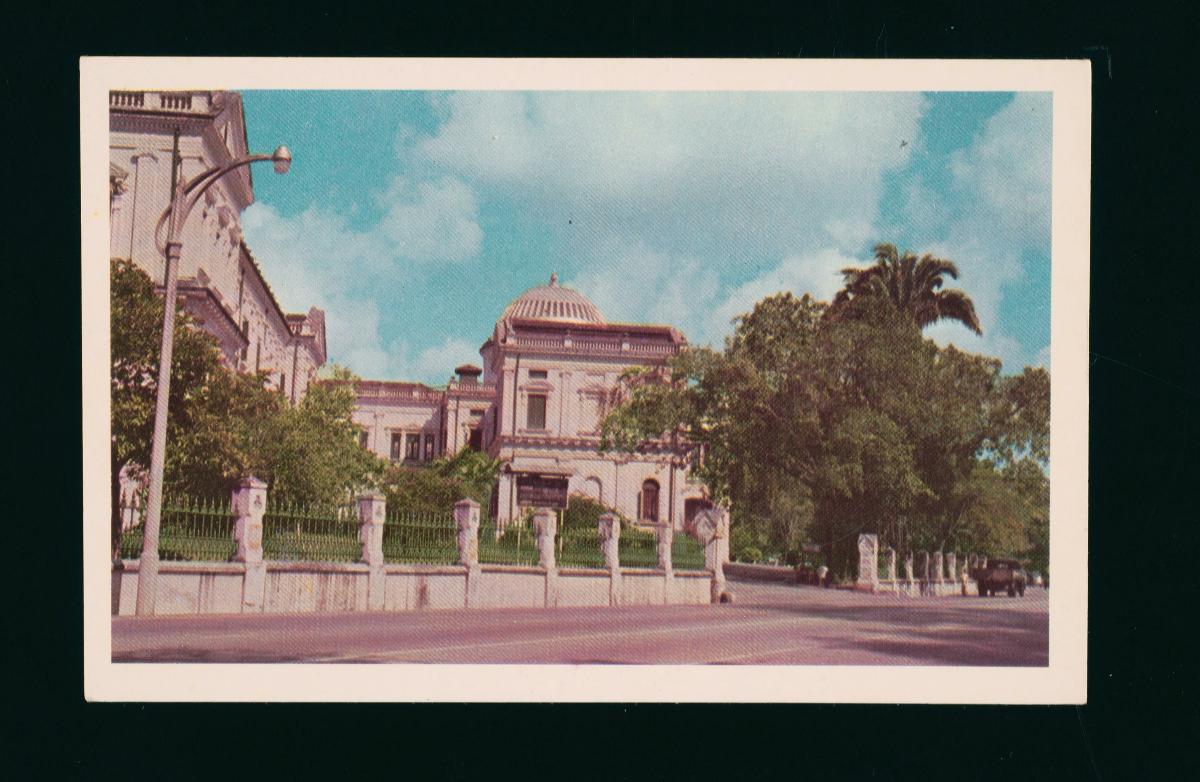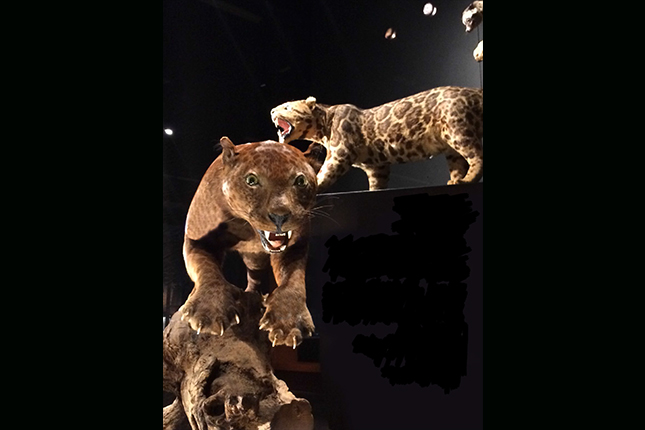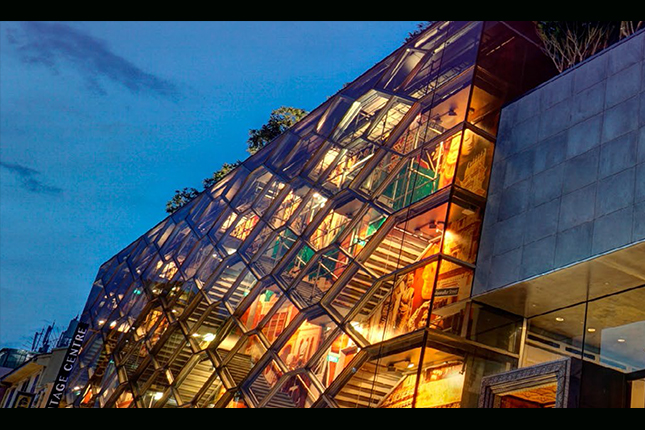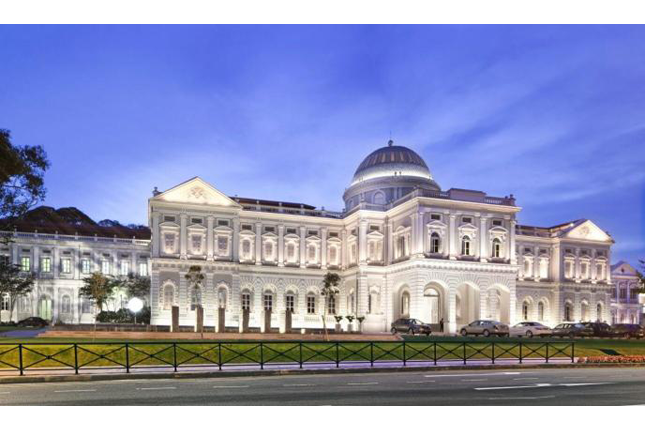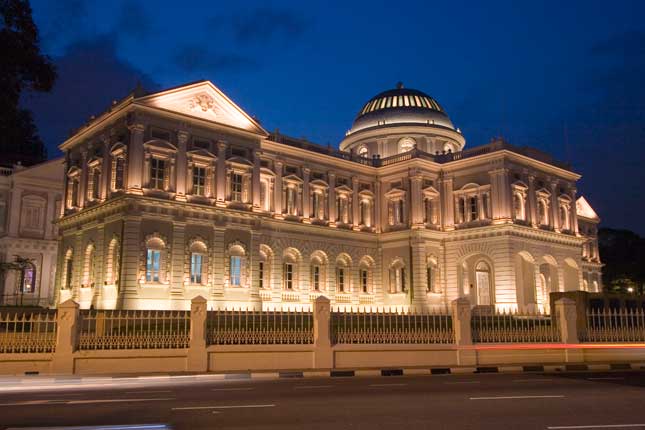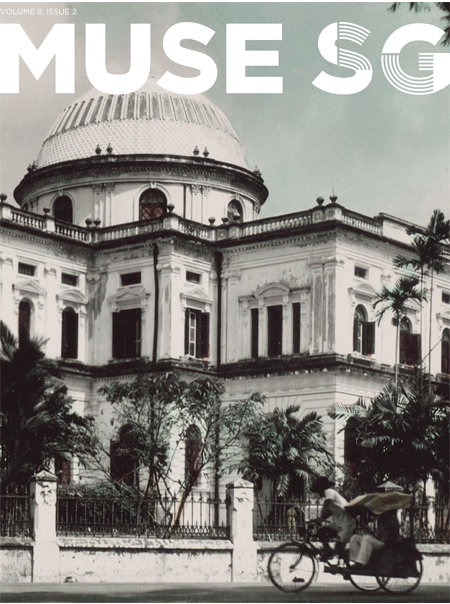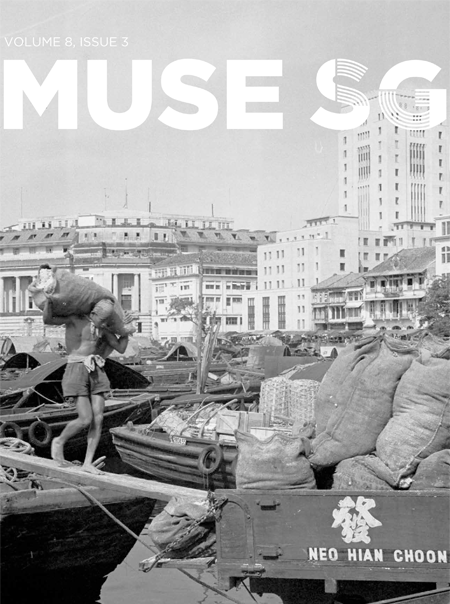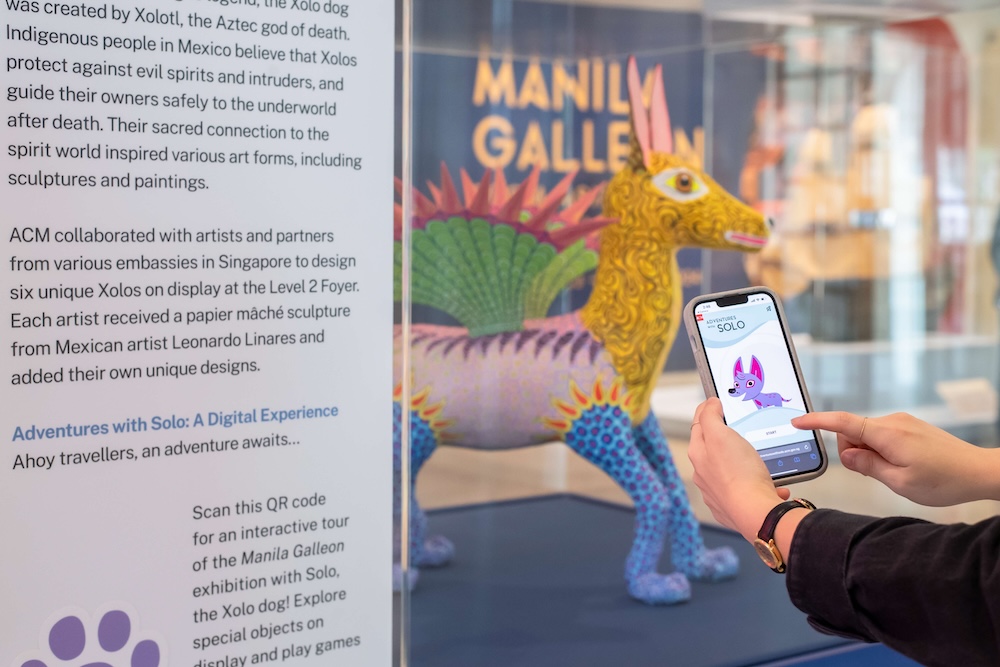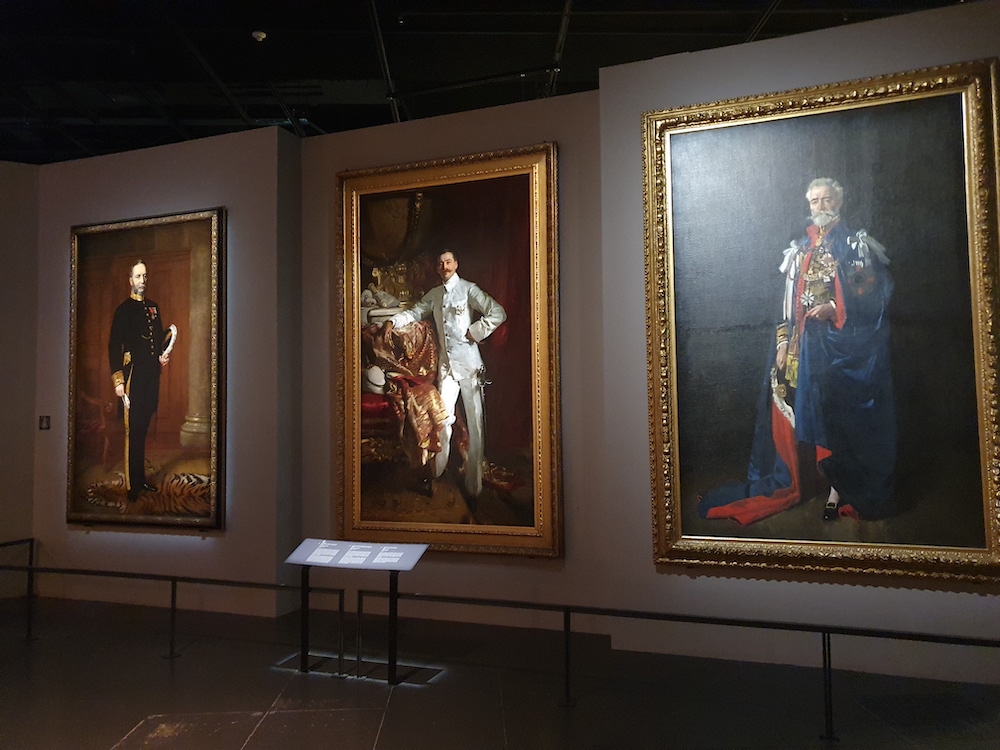Text by Kennie Ting
MuseSG Volume 8 Issue 2 - Jul to Sep 2015
The story of museums in Singapore begins with the Raffles Museum. Initiated by Raffles himself in 1823, and established in 1874 as part of a joint Raffles Library and Museum before it moved to its present Stamford Road premises in 1887, its purpose was to acquire specimens from and undertake research into Peninsular Malaya’s wealth of natural history, ethnology, and archaeology. The British believed that knowledge was power. As such, the establishment of a museum to document and research colonial territory was part and parcel of the British colonial effort, and a physical symbol of British sovereignty over alien lands. The museum’s predecessors included the Indian Museum in Calcutta and today’s National Museum of Indonesia, established by the Dutch, but briefly under Raffles’ supervision during an interregnum from 1811 to 1815 when Java was ruled by the British.
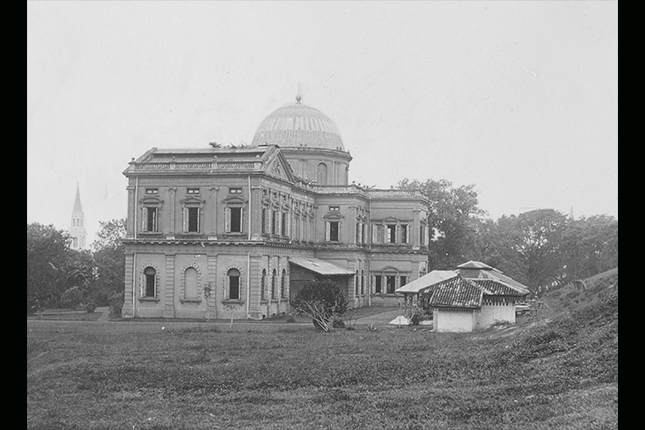
Collection of National Museum of Singapore.
The Raffles Museum lost both its original purpose of being the collecting institution of the colonial apparatus and its collecting hinterland of Peninsular Malaya after Singapore attained self-government in 1959. Renamed the National Museum a year later, in 1960, it continued to flounder for the next few decades; critical questions as to what its role would be in the new nation were never satisfactorily answered. Management of the museum shifted from the Ministry of Culture to the Ministry of Science and Technology, and back again in 1972. With the latter shift, its natural history collections were excised and transferred to a brand new Singapore Science Centre and to the then-university of Singapore, where they still remain today and form the basis of the new Lee Kong Chian Natural History Museum. In place of its natural history displays, the National Museum introduced a new gallery dedicated to art from Singapore and the region.
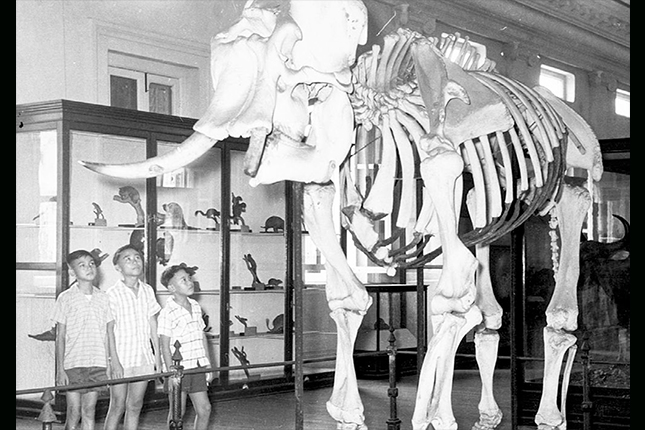
Collection of National Museum of Singapore.
It was not until the mid-1980s that the Government finally decided that it was necessary to address the National Museum’s long-term role in Singapore. A high-level Task Force on the Long-term Development of the Museum (also known as the Museum Development Committee, or MDC) was appointed by the Government to look into this. Almost concurrently, a larger Advisory Council for Culture and the Arts (ACCA) was initiated by then-Second Deputy Prime Minister, the late Dr Ong Teng Cheong. The ACCA’s mission was to review Singapore’s entire cultural landscape, and to propose a comprehensive strategy that would boost the island’s cultural vibrancy and preserve its heritage. Dr Ong wanted to turn around popular notions that Singapore was a “cultural desert”.
The recommendations of the MDC were eventually packaged as part of the slate of recommendations announced by the ACCA in 1989. Chief among the recommendations was a proposal to split the museum into five major standalone galleries: a Fine Arts Gallery, a Southeast Asian Natural History/Ethnology Gallery, a Singapore History Gallery, a Community Gallery, and a Children’s Museum. These galleries would be located in a “National Museum Precinct” centred around Fort Canning Hill and Bras Basah.
The motivation behind this proposal was the recognition that it was vital for Singapore’s continued economic success to engender in Singaporeans a deep understanding of the cultures and ways of living in the Southeast Asian region and in Singapore. Singapore’s increasingly cosmopolitan nature also made critical a deeper historical, cultural, and sociological exploration of Singapore society and identity. Moreover, the committee agreed that the existing museum premises were not large enough to accommodate works for all the new galleries, and that there was a need to expand significantly.
The recommendations of the ACCA were collectively implemented in the 1990s, first with the renaming of the National Museum as the Singapore History Museum in 1993. Subsequently, the Singapore Art Museum was established in 1996, at the former Saint Joseph’s Institution campus and so was the first wing of the Asian Civilisations Museum, in 1997 at the former Tao Nan School. Two other major developments took place during the same period — the first was the merging of the National Museum, the National Archives, and the Oral History Centre into the National Heritage Board (NHB) in 1993, charged to oversee the implementation of recommendations made by the ACCA pertaining to museums and cultural heritage. The second was the formation of the Museum Roundtable three years later, in 1996 — a loose association, or “coming together” of existing museums and public art galleries in Singapore. Today, the Museum Roundtable has grown organically to more than 50 members, including the National Museums, and other popular and established museums, such as the National University of Singapore Museum, the Science Centre, the Singapore Discovery Centre, the Changi Chapel and Museum, and the recently opened Art Science Museum at Marina Bay Sands.
The millennial decade saw an adrenaline-fuelled flurry of new developments in the museum landscape because of the Renaissance City Masterplans, which led to an emergence of a “business of museums”. This change was characterised by two paradigm shifts: the first was a recognition that museums — and the arts — were critical to urban vibrancy and quality of life, and thus an asset Singapore had to invest in in order to attract new businesses and talent; the second was to recognise museums as an industry in its own right, requiring strategies for the development of specialised capabilities such as curatorship, audience development, and object conservation.
There was a level of activity in the museum landscape never before seen — within the space of 10 years between 2000 to 2009, no less than 12 major museum-related milestones were achieved. These included the establishment of the Peranakan Museum, 8Q at Singapore Art Museum, and the Heritage Conservation Centre; the re-opening of the revamped National Museum of Singapore and the Asian Civilisations Museum at Empress Place; the announcements of the proposed new National Gallery of Singapore and Indian Heritage Centre; the inaugural Singapore Biennale and Singapore Night Festival; and finally, Singapore’s participation for the first time in the prestigious Venice Biennale.
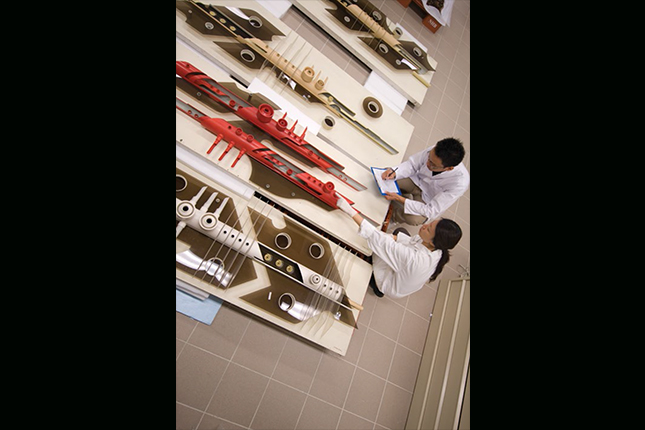
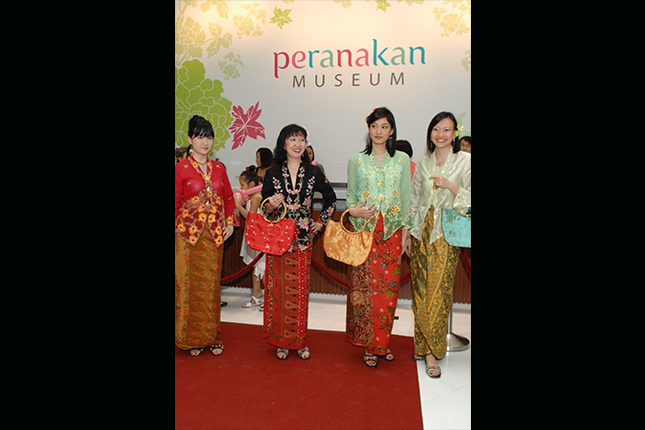
Every year during this 10-year period, Singaporeans were treated to two to three high-profile “blockbuster” exhibitions imported from major international museums including the British Museum, the Vatican Museum, the Palace Museum in the Forbidden City, and the Musée du Louvre in Paris; or exhibitions that featured major artists and prestigious private collections in Singapore and the region. These exhibitions included China Art NOW! at the Singapore Art Museum in 2001, Journey of Faith: Art & History from the Vatican Collections at the Asian Civilisations Museum in 2005, Greek Masterpieces from the Louvre at the National Museum of Singapore in 2008 and The Kangxi Emperor, Treasures from the Forbidden City at the Asian Civilisations Museum in 2009. These blockbusters were often accompanied by two to three smaller, “boutique” exhibitions that presented Singaporean art, history, and popular culture, and explored Singapore’s role as a crossroads of art, cultures, and ideas across Asia. One such example was the Beauty in Asia exhibition at the Asian Civilisations Museum in 2009, which saw the museum taking on Asia in its entirety through the medium of a single question: “What is Beauty?”. These efforts to partner regional and international counterparts as well as explore Singapore’s own culture and heritage established the museums as destinations in their own right — visitorship to the National Museums went from a few hundred thousand in the early 2000s to more than 2 million annually by the end of the decade. Total visitorship to museums in the Museum Roundtable went past the 8-million mark by the 2010s.
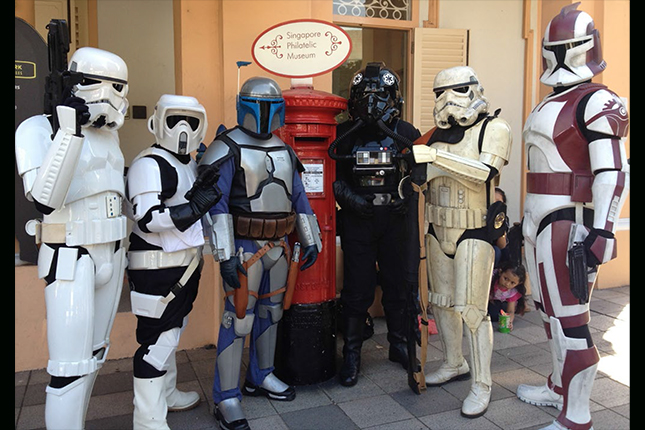
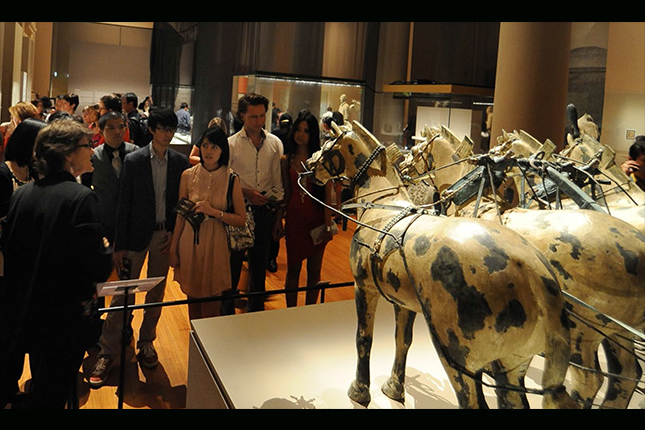
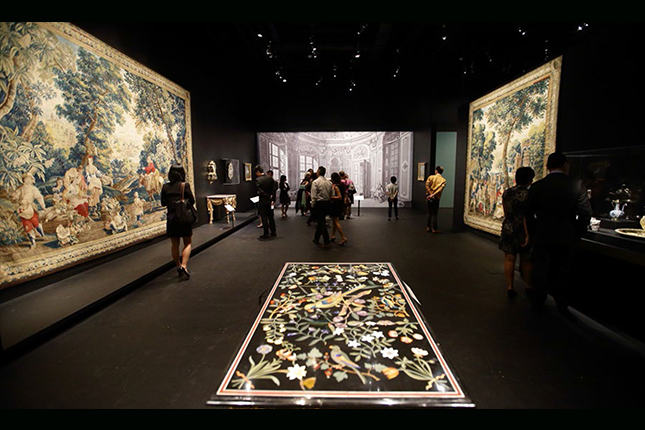
Looking ahead, the future looks rosy for museums in Singapore. In 2013, entry to National Museums was made free for Singapore Citizens and Permanent Residents, resulting in museum visitorship figures crossing the 3-million mark that year. 2014 saw major gifts amounting to over $50 million in cash and in-kind sponsorship to the National Gallery of Singapore, as well as $46 million raised for the Lee Kong Chian Natural History Museum. Finally, 2015 had four new museums opening — the Lee Kong Chian Natural History Museum, the Indian Heritage Centre, the privately-run Singapore Pinacothèque de Paris, and the long-awaited National Gallery of Singapore. Concurrently, the National Museum of Singapore and the Asian Civilisations Museum were also undergoing major gallery revamps and re-opened their doors at the end of the year. In the meantime, the Singapore Botanic Gardens had also just been successfully inscribed as Singapore's first UNESCO World Heritage Site. All in all, there will be very vibrant and rich cultural heritage experiences for the general public in the years to come.




